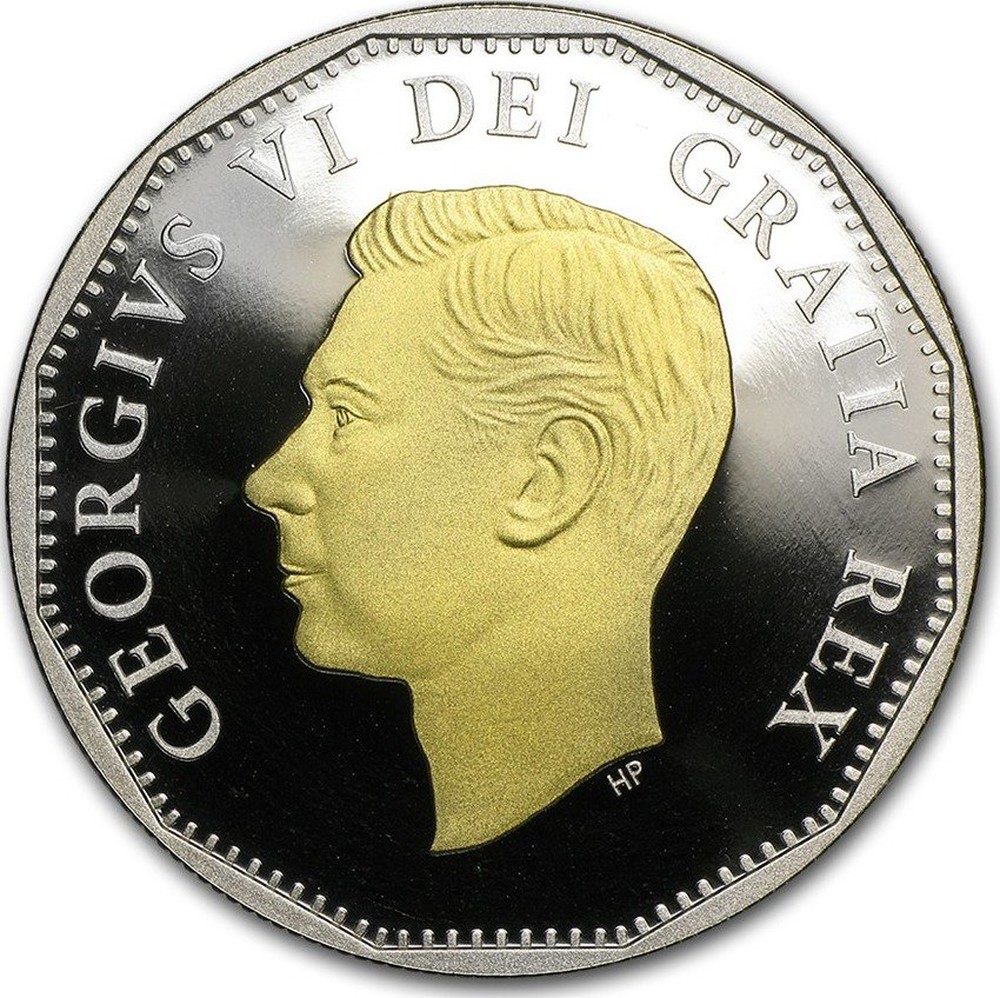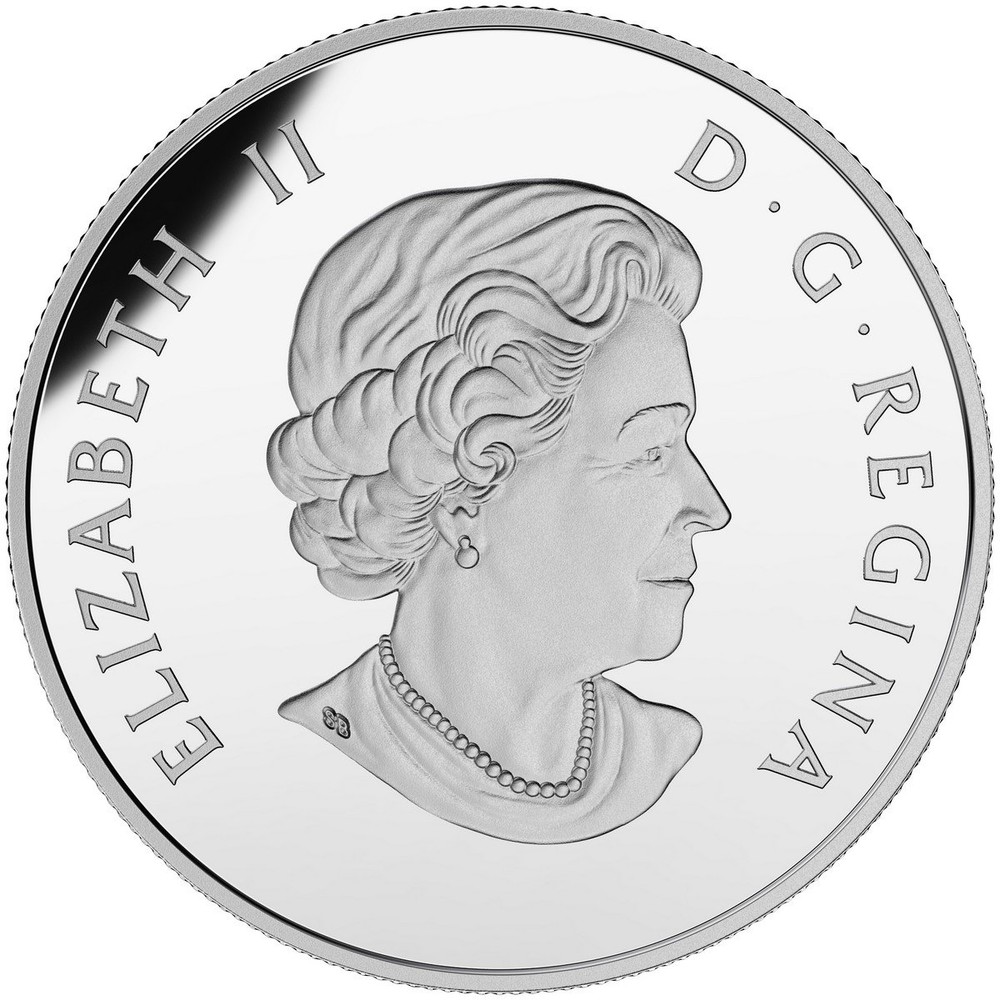

A careful reading of Rule 7‑6 reveals that it refers to an order that the person submit to examination by a medical practitioner, and then the court is permitted to make an order respecting any expenses connected with the examination. In finding 50 cents / km is reasonable Master McDiarmid provided the following reasons: Joyal, 2015 BCSC 1980, the defendant wished to have the plaintiff examined by an occupational therapist int he course of an injury lawsuit but could not agree on various terms including appropriate conduct money. The only time a ute will be classed as 100 per cent tax deductible if the owner can show that their private use is minor and infrequent.įour wheel drives that are standard passenger cars do not receive any special tax treatment and require log books to be kept to determine the percentage of business kilometres.The BC Supreme Court has determined the rates a defendant should pay when a plaintiff is compelled to travel to see a defense selected physician. A Commercial Vehicle is defined as one designed to carry more than nine passengers or more than 1 tonne in weight. Confusion often surrounds what is a commercial vehicle and many people automatically assume that utes fall in to this category.

The only vehicle that will automatically be 100 per cent tax deductible is a commercial vehicle. The GST will need to be reduced by any private use based on the method used to calculate motor vehicle expenses. If you purchase a car for $88,000 which includes GST of $8,000 the maximum GST you can claim is $5,234. The maximum GST that can be claimed on a motor vehicle above this limit is 1/11th of $57,581 being $5,234. The logbook method allows you to claim GST based on your business-use percentage.ĭepreciation that can be claimed on the purchase of a motor vehicle is capped at $57,581 for the 2016/17 financial year. The cents per kilometre method allows you to claim up to 33.3% of the GST paid if you travel more than 5,000 business kilometres or a lower set percentage if you travel less than 5,000 business kilometres. The GST treatment on motor vehicle expenses will differ based on the method used. The 12-week period you choose should be representative of the business use of all cars. If you want to use the logbook method for two or more cars, the logbook for each car must cover the same period. If you establish your business-use percentage using a logbook from an earlier year, you must keep that logbook and maintain odometer readings in the following years. If you started to use your car for business purposes less than 12 weeks before the end of the income year, you can continue to keep a logbook into the next year so it covers the required 12 weeks.Įach logbook you keep is valid for five years, but you may start a new logbook at any time. That 12 week period needs to be representative of your travel throughout the year. If this is the first year you have used the logbook method you must keep a logbook during the income tax year for at least 12 continuous weeks. When using the logbook method all expenses must be verified with written evidence. if your business percentage is 60% then you will receive a tax deduction for 60% of the motor vehicle expenses incurred. The business-use percentage is applied to all motor vehicle expenses including fuel, insurance, registration, repairs and depreciation e.g.

The Cents per kilometre method enables you to claim up to 5,000 business kilometres per car at a flat rate of 66 cents per kilometre for 2016//18 years.The ATO now only allows two methods for calculating motor vehicle expenses being the Cents per kilometre method and the Logbook method.


 0 kommentar(er)
0 kommentar(er)
